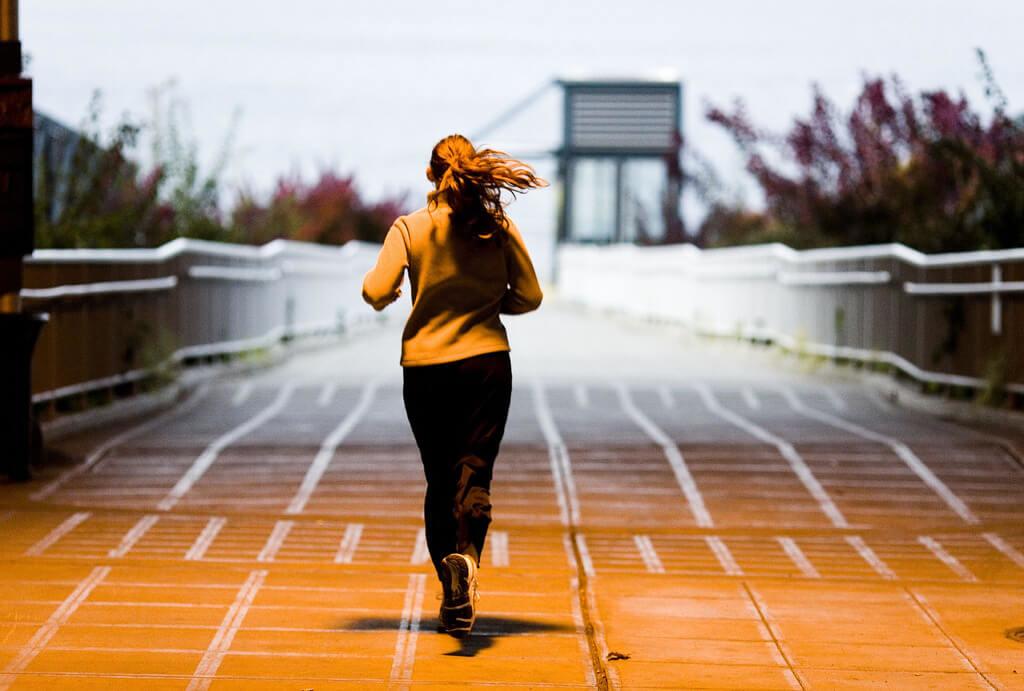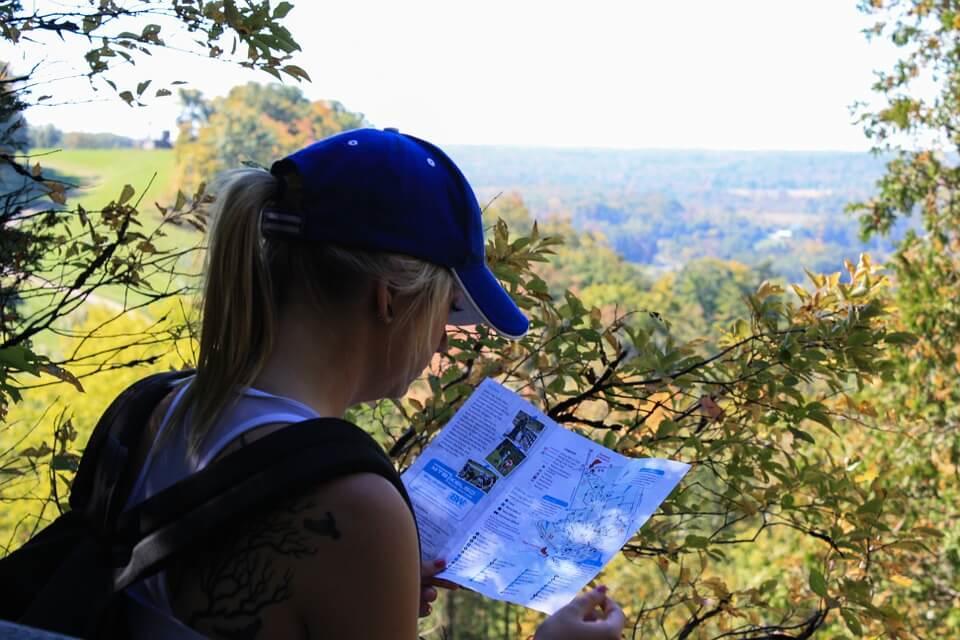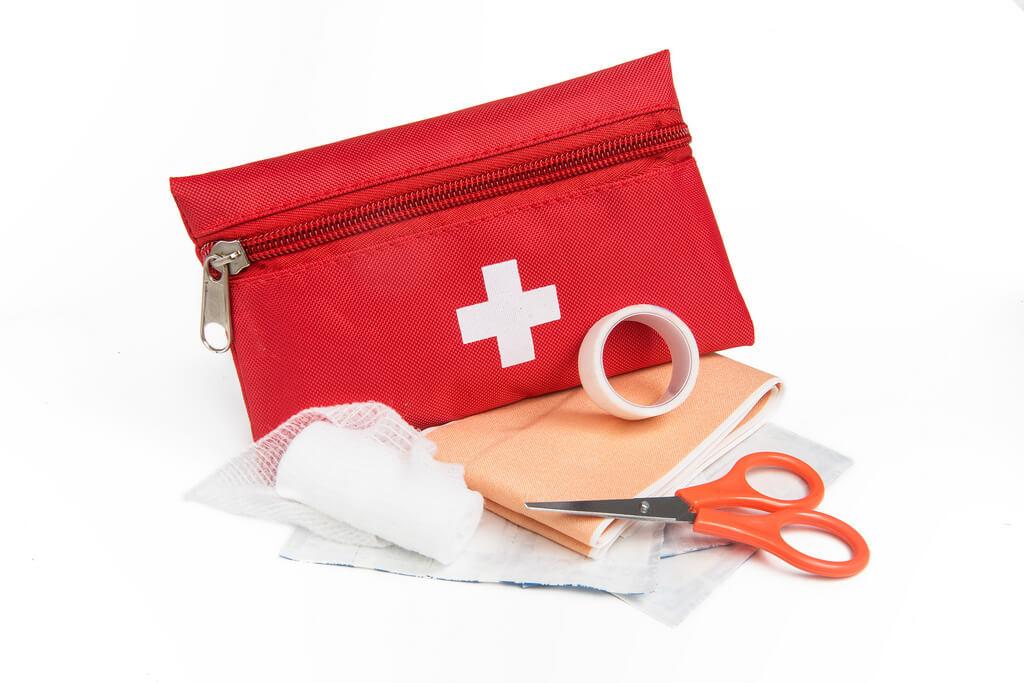Staying Safe Running Solo

A few months ago I listened to a Runners World podcast aired on November 3, 2016 entitled “Running while female.” The recording fostered a conversation about sexual harassment experienced while running and also presented some pretty astonishing statistics based on a survey completed by 4,500 runners last summer. Researchers found that 55% of women sometimes experience “harassment” while running, compared to 4% of men. 30% of women reported being followed at least once by a person while running, and 21% of women reported carrying pepper spray.
Pretty much every runner friend I know has shared at least one story of feeling uncomfortable or having unwanted attention or commentary from the opposite sex while running. It’s certainly experienced by both sexes, though it seems to be a more prevalent topic of conversation with women. I’ve had my share of personal experiences, and was even grabbed and then chased one time for about 5 minutes by a man on my college campus while running in the dark to my morning swim practice.

I’ve never let those experiences deter me from running alone, (except for some geographical areas of foreign travel), but I do like to think that there are certain precautions that can be taken in order to reduce your risk of harassment or danger from man, animals, or the elements. I’ve compiled a list of some tips for staying safe while running… How many of these suggestions do you follow?
Tips for staying safe while running solo:
- Invest in a Road-ID type wristband or other identification device
- Consider carrying pepper spray
- No headphones; be aware of your surroundings!
- Consider running with a dog
- Avoid running the same route every time
- Join running clubs or groups to learn more local safety tips
- Know your route options well and pin your start position on a phone map if you’re not in a familiar area
- Run opposite the direction of traffic so you can see oncoming cars and look to the opposite side at intersections in case of turning cars
- Take extra precautions when running at night
- Be well-lit at night. Multiple sites and types of light work well, ie) headlamp plus shoe flashers plus reflective vest

Trail-specific considerations:
- Carry extra water, food, and a first aid kit when running in the backcountry
- Consider new trails after you’ve run them with a group first
- Don’t rely on phones or GPS devices to help you if you get lost. Study the “good-old-fashioned” maps before you go! (And try to bring them with you too)
- “Safety text” your information to someone with details on your trailhead, route, start time, and estimated return to trailhead
- Sign-in to trail log books
- Consult with locals in person or via web resources or phone apps for updated trail conditions and suggestions (*I’ve avoided many trails with downed bridges, angry bee infestations, avalanche risk, and bears on a moose kill with this simple step in my pre-run preparation)
- Consider emergency communication devices if you’re frequently in the backcountry, such as the Delorme inReach that allows you to text and even update social media in areas without cell reception
When it comes to trail running, I always pack much more than I’ll need and bring a paper map if it’s an area that I’m not super familiar with. You never know when you may run into someone who needs first aid. (And, you quickly get used to carrying more in your pack).

Suggestions for running first aid kit:
- A small Sam-e splint and ace bandage
- Athletic tape
- Bandaids, gauze
- Medications and Epi-pens
- Irrigation syringe
- Whistle
- Compass and foil
- Latex gloves
- Matches
- Mylar emergency blanket
- Emergency glucose source
- Extra layers and gloves
- Bear spray
- Head lamp

Running abroad
Staying safe while running in a foreign country is a whole different topic! While living in Peru I suffered a great deal of harassment while being a “gringa” exercising outdoors, not to mention multiple dog attacks, to the point where I took my workouts indoors. However, this was in a dangerous neighborhood and I still run in some areas when I travel abroad. When I run while traveling, in addition to the above suggestions, I tend to follow these tips to ensure the safest experience possible:
- Carry a stick and/or mace if possible (I’ve used both on dogs successfully!)
- Don’t expect drivers to yield to you at all – be a defensive runner!
- Walk when approaching wild and “domesticated” dogs (running seems to trigger a chase with all of them)
- Spray water at dogs if they approach semi-aggressively (this seems to work unless they are already in attack mode)
- Talk to locals to determine what the safest routes may be
- No headphones, ever!
- Run with buddies whenever possible
- Know what to do in case you encounter a unique wildlife emergency (ie, snake bite if you’re in Australia)
- Know where the closest medical clinic is, and know basic terms in the local language for an emergency
- Carry a laminated emergency card with you that includes your name, emergency contacts, medications, medical conditions, etc.
- Consider running stairs, a body weight circuit, jump ropes, or another form of cross-training in the right shoes, if you can’t find a safe place or a buddy to run with
And most of all, follow your “gut.” Ever had that sinking feeling when you turn a certain way on a run? Listen to your instincts and be flexible with your game plan in order to stay safe out there and enjoy your workout. For me that often means turning around or changing my route mid-run because of changing conditions in myself or my environment.
Latest Articles
 Is Running on a Treadmill Easier Than Running Outside?Runners have their own preferences, whether it is treadmill running, running outside on the road, or exploring trails. So...
Is Running on a Treadmill Easier Than Running Outside?Runners have their own preferences, whether it is treadmill running, running outside on the road, or exploring trails. So... Is It OK to Use Trail Running Shoes on the Road?While trail running shoes can be used on roads, especially in situations where a runner encounters mixed terrains or pref...
Is It OK to Use Trail Running Shoes on the Road?While trail running shoes can be used on roads, especially in situations where a runner encounters mixed terrains or pref... How to Fix Sore Quads After Running?Rest, ice, gentle stretching, and over-the-counter pain relievers can help soothe sore quads after running. Also, ensure ...
How to Fix Sore Quads After Running?Rest, ice, gentle stretching, and over-the-counter pain relievers can help soothe sore quads after running. Also, ensure ... 10 Fruits With The Most Electrolytes to Replace Sports DrinksThese fruits are high in electrolytes such as potassium, magnesium, and calcium, essential for hydration, muscle function...
10 Fruits With The Most Electrolytes to Replace Sports DrinksThese fruits are high in electrolytes such as potassium, magnesium, and calcium, essential for hydration, muscle function...

